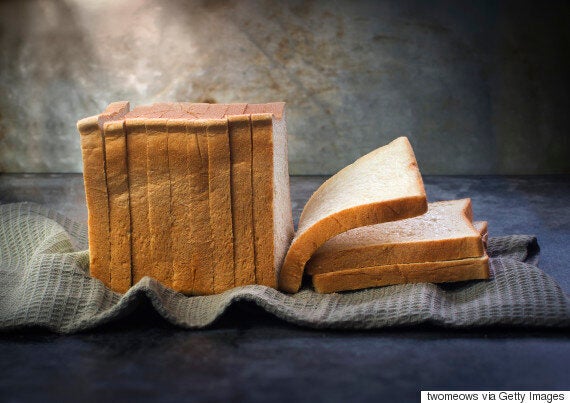It's a scene played out in restaurants all across Canada. A group of people gather for a meal and place their orders. While they wait, a basket of warm, white bread is placed on the table. Despite the inviting aroma, some will refrain from picking up a slice. The reason, they claim, is preventing health problems leading to weight gain and other chronic diseases.
There's little doubt white bread has become a symbol of poor health choices. For years, a war against the loaves has been waged in the hopes of convincing people to avoid intake. Canadians have been warned against even daring to eat this staple of Western life.

There are good reasons behind these concerns. White bread is usually refined and has far less nutritional content than breads made from whole grains. It may have unwanted added ingredients such as sodium salt leading to higher blood pressure and a risk for cardiovascular disease. Then there is the threat of a higher level of sugar in the blood, known as an increased glycemic response. This could contribute to a variety of problems from weight gain to a risk for diabetes.
But there is a catch. The health issues associated with white bread consumption happen over the long term. No studies have given full focus on the implications of having a slice at the restaurant or even a loaf while away from home. In effect, people might be forsaking their quality of experience for no reason at all.
This gap in knowledge led a group of Israeli researchers to explore the impact of white bread over the course of a week. They attempted to find out whether choosing this type of bread over a sourdough made of fermented whole grains would lead to any detrimental effects on health. They even performed a crossover between the two to ensure any changes were due specifically to the bread choice. If there were any reasons to eschew, the team was going to find out.
Every person responded to the breads differently.
The experimental plan was very straightforward. Twenty healthy individuals were chosen and separated into two groups. Ten were given white bread for a week while the other 10 were given sourdough. After the week was complete, the volunteers ate normally for two weeks to clear or "wash out" the effects of the trial. Then, they spent a week eating the other bread.
The team collected blood samples to see if any differences in metabolism existed between the two types of bread. The main goal was to determine whether white bread actually affected the glycemic response. If the largely publicized concerns were valid, the team would encounter an increase.
When the results came back, there was a surprise in store. As expected, better metabolism was seen in those eating sourdough. But people who ate white bread showed only some negative shift in their ability to use glucose. In essence, the changes were not all that great. This went completely against the expectations of a much higher glycemic response when eating white bread.
This unanticipated result wasn't the strangest outcome. That went to the realization every person responded to the breads differently. This led the researchers to suspect something completely separate from human factors was playing a role.

The most likely suspect was the gut microbial population. The combination of various species is unique for each and every person. For the researchers, this seemed like a great place to investigate.
Stool samples from the volunteers were taken and analyzed to determine if white bread led to any changes in the diversity of the bacterial population. Yet, once again, the results revealed only a minor difference from those eating sourdough. Out of hundreds of species, only two appeared to change in their abundance.
The results of this study reveal something we all know and yet continually seem to ignore when it comes to diet and health: no two humans are alike. Both metabolic and microbial aspects of our lives are unique to each and every one of us.
The reinforcement of the individuality offers perspective on dietary guidelines such as Canada's Food Guide. While these documents may be helpful in general, the best option for health may be to have a personalized diet catered to one's own metabolic and microbial preferences. Thankfully, Canada has a fantastic community of dietitians who can help us decide on the best options.
Follow HuffPost Canada Blogs on Facebook
Also on HuffPost:
